verb: wander; present participle: wandering
walk or move in a leisurely or aimless way
| synonyms: | stroll, amble, saunter, walk, dawdle, potter, ramble, maunder, meander |
This sounds a lot like freedom to me: to walk in a leisurely or aimless way. To move at your own pace, to change course on a whim, to have no agenda other than to explore. Although I’m not sure I agree dawdle should be included here. It has a negative connotation, implying you’re wasting time. Which is most definitely NOT what our Weekly Wanderings are all about.
They’re about picking up the picnic basket and heading out on an adventure. Strapping on the hiking shoes, jumping on the Vespa or climbing aboard our 4X4 for some off-roading in the Umbrian hills.
They’re about letting the road take us where it will. A time to taste, smell and take in something new and inspiring.
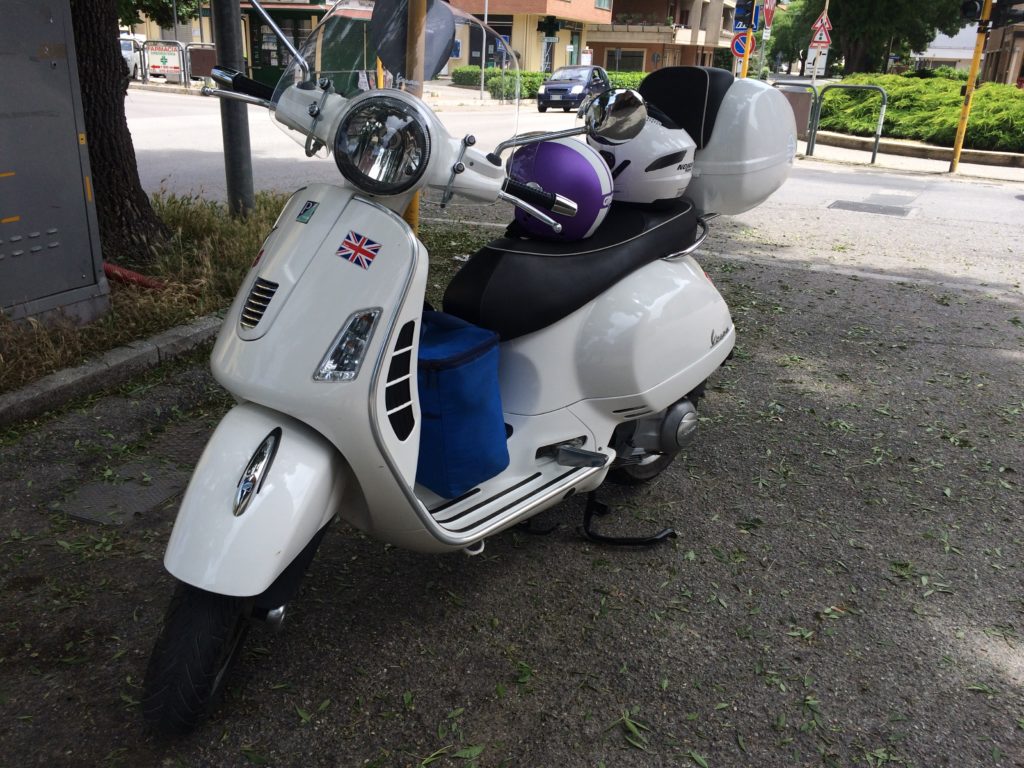
The ‘Roadrunner’ 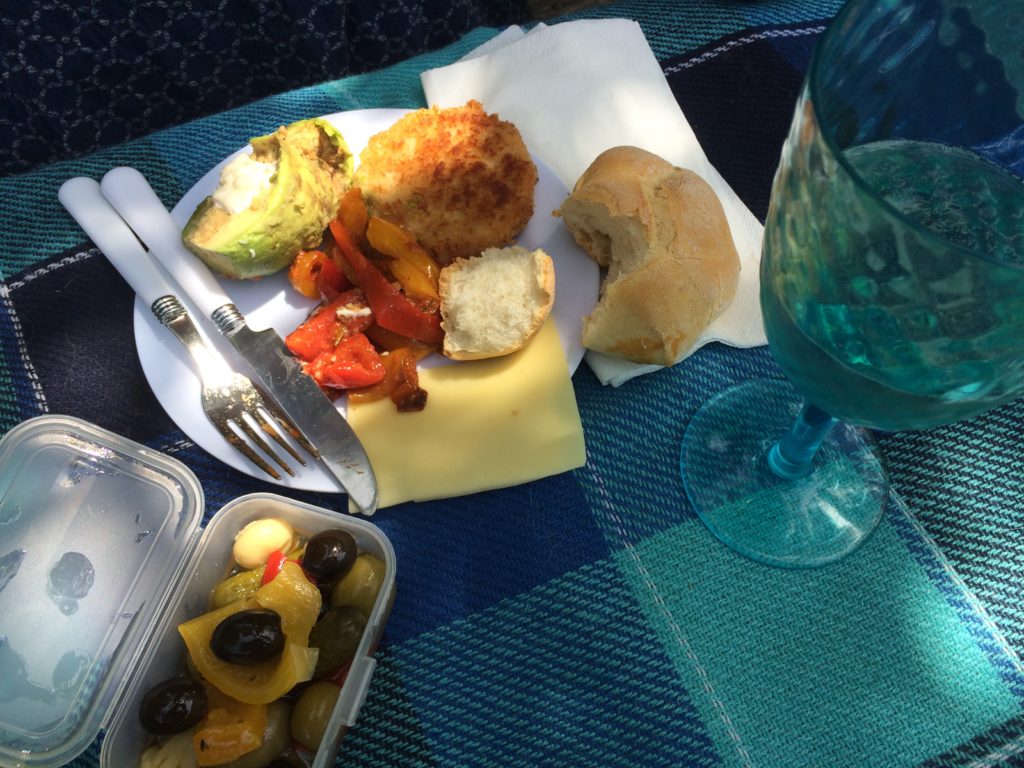
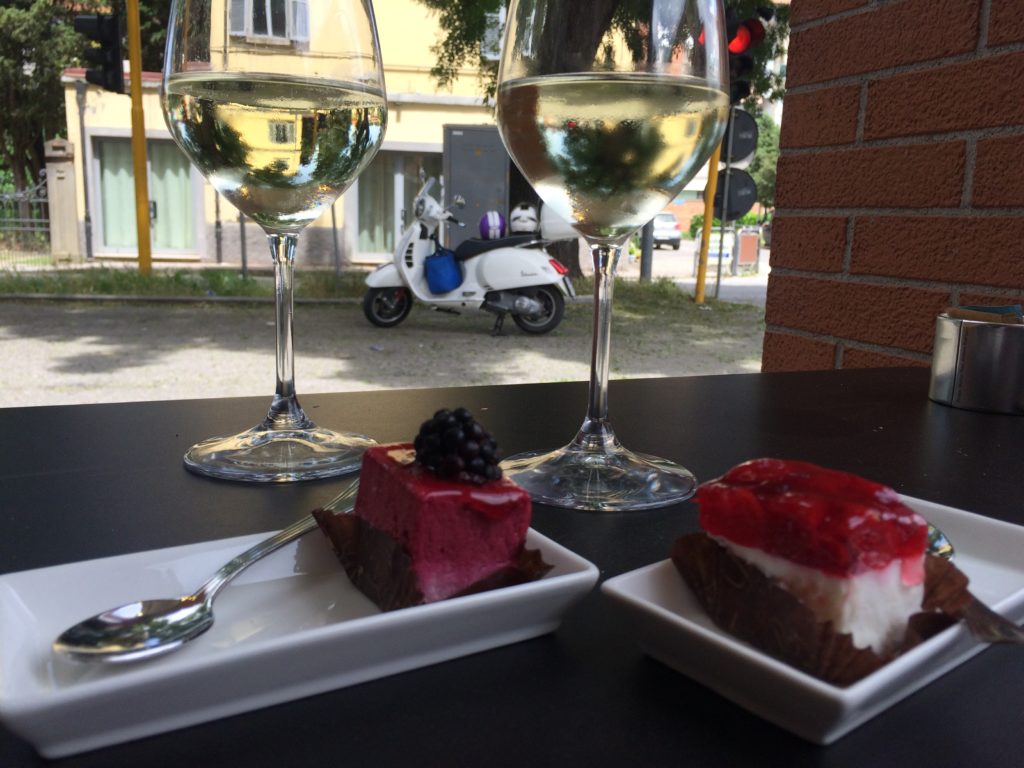
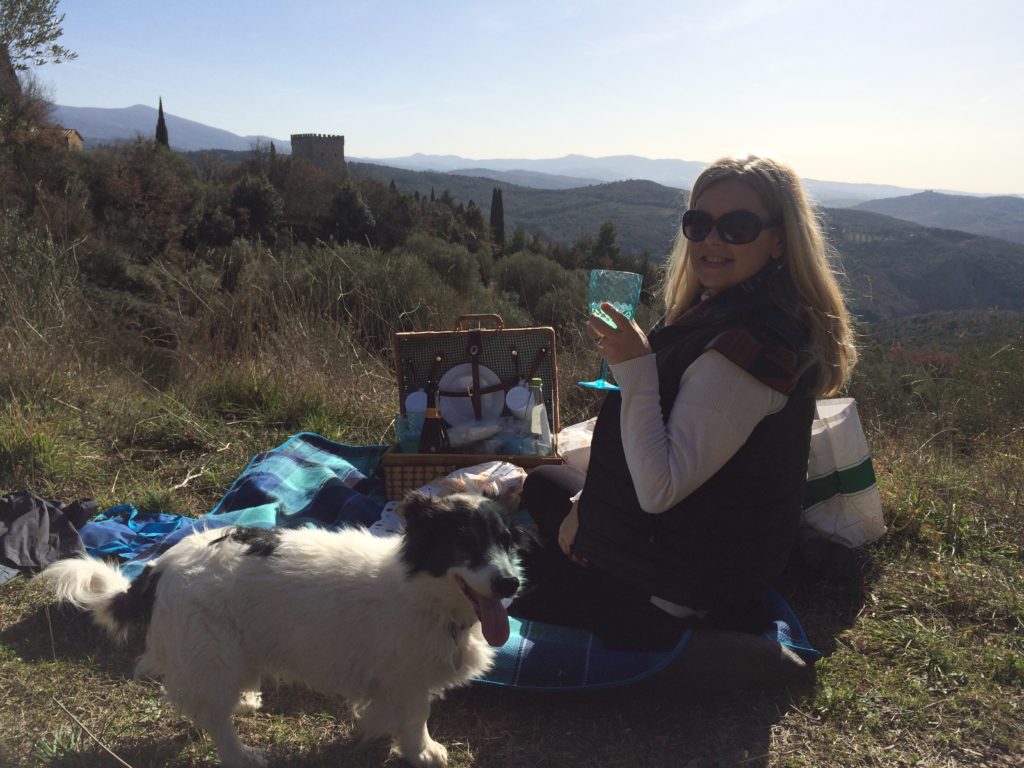
Picnic in Tuscany
So join us on this week’s Weekly Wandering as we jump on a ferry and spend the day visiting the largest of Lago Trasimeno’s three islands, Isola Polvese. We can see this island from the top floor of our medieval house, floating like a sleeping giant on the pale green waters of Italy’s fourth largest lake.
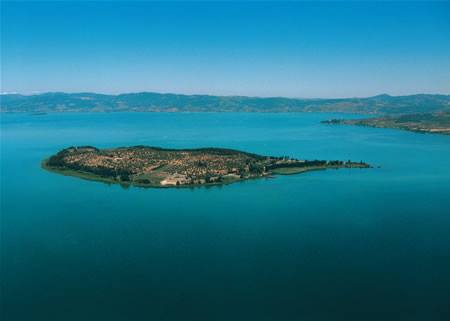
There’s something intimate about small islands. They seem to have a life all their own, being so separate from the mainland. Getting to the island requires a short 10-minute ferry ride from the lovely fishing village of San Feliciano on the marshy eastern shores of Lago Trasimeno.
Polvese has its share of ancient secrets to share over the past 1,000 years. A safe bet given its history of Benedictine monks and castles (well one 12th century castle). Not to mention, the occasional siege.

Medieval treasure hunt
Legend has it there’s buried treasure on the island, a cart full of gold hidden under a stone near an olive tree near the chapel of San Giuliano. Given there are hundreds, maybe even thousands of olive trees on the island, finding this legendary treasure would be no small feat. Still, I think a midnight caper might be in order one of these warm summer nights.
Mischievous Monk
If a cart full of gold doesn’t make the island intriguing enough, how about a medieval ghost? It ‘s long been claimed there’s a secret underground tunnel connecting the monastery of San Secondo to the lake. It was once used by the friars to gain access to the port.
The existence of the little port is not in doubt but nobody has ever found the secret tunnel. Apparently, the mischievous ghost used this tunnel to gain access to the monastery at night during olive picking season. His game of choice was to make a big heap of all the olives the friars had carefully placed to dry on the monastery floor.
Imagine their sleepy-eyed surprise the next morning. Making matters worse, it seems they weren’t able to confront him. The trouble-making phantom had a habit of making himself well, scarce. Any hopes I have of meeting him are dashed as well. He hasn’t been spotted on the island for hundreds of years. But then again, it is now uninhabited. The 500 or so residents and Olivetan monks are now long gone from this once-thriving fishing community.
Although nature offered the monks a peaceful retreat on the island, it could also be harsh. The winter of 1437 was one of the coldest on record. So cold the lake froze over. I can’t imagine what it was like for the monks who lived in the monastery. No heat, likely no glass on the windows, just drafty shutters to keep out the icy wind.
Yet the monks persevered on the island for centuries; the last of them leaving in the 1800s. Shortly after, the island became private property and was turned into a hunting area for the rich folks from Rome and Milan.
In the 1950s, renowned Italian landscape architect Pietro Porcinai designed the garden of Aquatic Plants. It remains one of the biggest tourist draws on this island. The island is now a dedicated oasis for scientific research into the protection and observation of nature within Lake Trasimeno Park.
Nature is most definitely the star attraction. It’s an easy walk around the island, following a path lined with oleander and rosemary. In the northern part, large oak woodland covers the island with many plant varieties, which are typical for the Mediterranean area such as holm and ash trees.

The southern area is covered by a huge olive grove with centuries old olive trees. Apparently, there are fox and hares and herons and pheasants on the island. Although, on the steamy day we were there, we didn’t see one animal. They were likely clever enough to take a long siesta.
Speaking of siestas, we saw many of our fellow ferry passengers carrying beach towels. There’s a lovely beach on the island, perfect for pitching up with a book and a picnic and escaping the tourist traffic on the mainland.

There’s also two bars and two restaurants and a couple places to stay overnight and explore the island in a more leisurely fashion.
Our visit came to an end predictably at the bar where we had a refreshing drink while waiting for the ferry to arrive. We both remarked on what a peaceful place this island is. A perfect escape on a hot summer day. It may have been our first visit, but it won’t be our last.
A presto
Anna

CAVEAT: I am not a historian or an expert of any kind on Italy or anything I write about in this blog. My intent is only to share with you my experiences and observations. Any errors in facts, historical or otherwise, are solely my own.






Very interesting… & beautiful scenery. Made me want to visit there. Thanks.